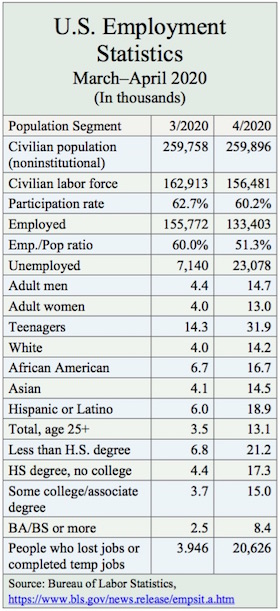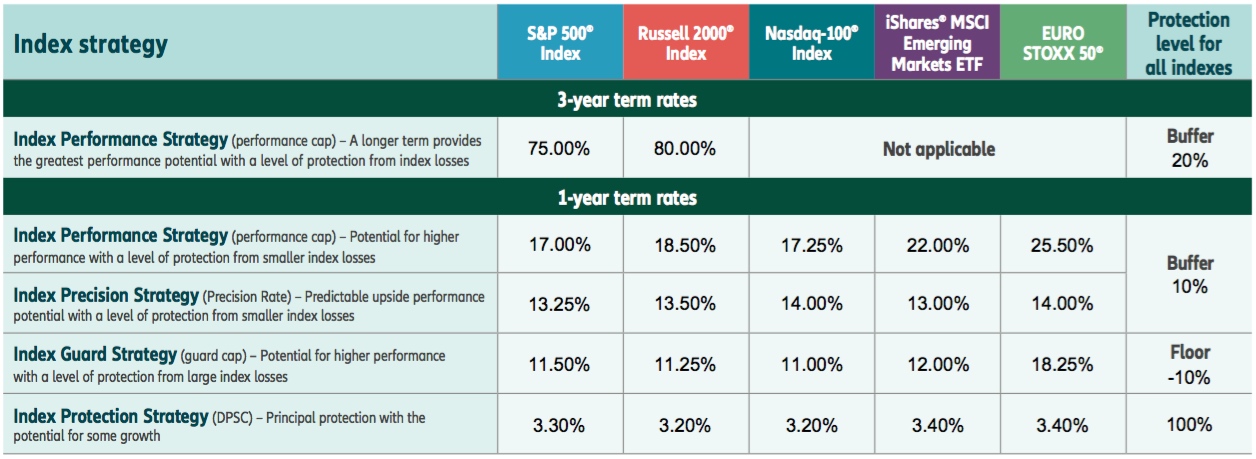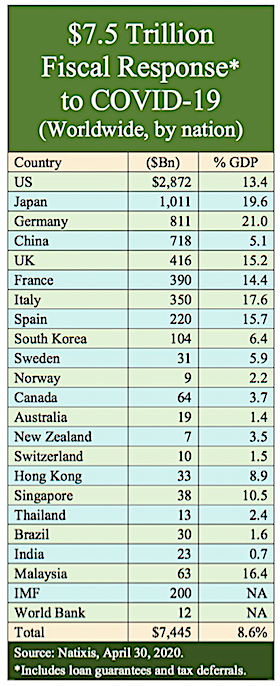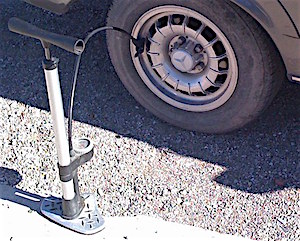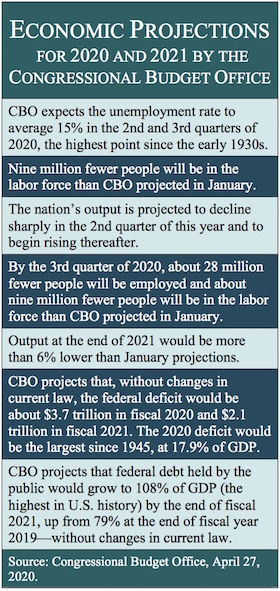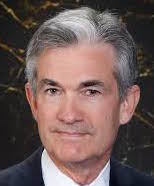
AARP members get a lot of discounts for their $16-a-year membership fees. They get discounts on steak dinners at McCormick & Schmick’s, cash-back on Chase credit-card purchases, 20% off the price of Harry & David’s curated fruit boxes, cheap ZipCar rates and so on.
With the purchasing power of 38 million age 50+ members behind it, AARP also offers deals on insurance—on MedicareAdvantage plans from United HealthCare, long-term care coverage from New York Life, auto insurance from The Hartford, and dental plans from Delta. There’s even coverage for your dog or cat from PetPlan.
Annuities are also on AARP’s menu of services for older Americans. Until recently, New York Life was AARP’s sole vendor of income annuities. This month, AARP switched gears to partner with Blueprint Income, a New York-based fintech firm, to create a multi-provider, multi-product online annuity sales platform.
“We thought that having a choice of annuities would be a benefit to our members,” said John Larew, president and CEO of AARP Services, Inc. (AARP Services, Inc., a for-profit company, is legally at arms-length from AARP, the non-profit organization that advocates for older Americans. AARP Services generated almost $840 million in royalty revenue for AARP in 2015, the most recent data available.)
AARP members who visit the platform will find quotes (generated by CANNEX) from seven highly-rated life insurance companies on the kinds of annuities that Americans buy the least of—single premium immediate and deferred income annuities (SPIAs and DIAs), Personal Pensions (DIAs that are funded with monthly contributions over decades) and CD-like multi-year guaranteed rate fixed deferred annuities (MYGAs).
The historically tiny sales of those products, and the nation’s return to an ultra-low interest rate environment, pose headwinds for Blueprint Income. Nonetheless, its young founders believe that simple, transparent annuities that pool longevity risk just need the right distribution technology and the kind of break that the partnership with AARP Services may provide.
AARP Services evidently felt the same. “When its contract with New York Life was expiring, AARP Services expressed some interest in working with us,” said Matt Carey, Blueprint Income’s CEO and co-founder (with fellow Penn alumnus Adam Colombo and fellow Wharton School alumnus Nimish Shukla). “They wanted something more like a platform, that was more ‘tech forward,’ and that had multiple life insurers.”
Quotes from seven insurers
If you visit the AARP/Blueprint site, the first thing you see is an image of a white coffee cup on a table in front of a tablet computer that displays sample annuity quotes. As you scroll down, you choose one of the three tracks: “Fixed Annuity” (MYGAs), “Income Annuity” (SPIAs, DIAs and Qualified Longevity Annuity Contracts or QLACs) and “Personal Pension,” which is a multi-premium deferred income annuity.
The site is mainly a quote-and-sales engine, plus lots of education and phone support, rather than a planning engine per se. If a visitor picks the Income Annuity path, he or she finds prompts for inputs about birth date, gender, state of residence and whether the annuity is for one or two people. The next page requests income start date, premium amount, and whether the premium payment is from a tax-deferred or taxable account. Then you click to see the exact quotes.
The annuity issuers include New York Life, Guardian Life, Mutual of Omaha, Western & Southern Financial Group, Pacific Life, Lincoln Financial, and Principal Financial Group. All are rated A+ or better by A.M. Best. All except two are mutual companies; Lincoln and Principal are publicly traded.
AARP members don’t necessarily get higher payout rates or better yields when they order an annuity on the platform. But they do get a complimentary annual “retirement income check-up” from a salaried, insurance-licensed Blueprint Income adviser—plus AARP’s implicit seal of approval.
What you don’t see on the site is a planning calculator per se. There’s no wizard that requires health status (for life expectancy estimates), total savings, home equity (for reverse mortgage or downsizing potential), estimated expenses in retirement, or guaranteed income sources—any or all of which would help determine what percentage of a person’s overall portfolio needs to be allocated to an income annuity.
“[A planning calculator] is not something that we have made available on the site, but we do assist clients with this kind of analysis on a case-by-case basis,” Carey told RIJ. “We’ve found that our clients are less exploratory [than many visitors to annuity sites]. Most come to the site with a specific premium they want to invest or income they want to receive in mind already.”
Technology rules
Other firms have sold income annuities over the Internet to consumers. Through the Fidelity Insurance Network, Fidelity investors can compare customized quotes from six different issuers. At Income Solutions, five annuity issuers compete for new business from individual visitors or advisers. Hersh Stern has been selling income annuities online at immediateannuities.com since 1996.
Nationwide recently tried partnering with a fintech firm on a pilot program selling multi-premium personal pensions online in Arizona, but discontinued that venture over a year ago. Other entrepreneurs, like David Lau of DPL Financial Partners and David Stone of ARIA/RetireOne, as well as SIMON and Halo, have created platforms where Registered Investment Advisors can buy no-commission annuities.
Carey started Blueprint Income (originally called Abaris) in 2014 while he was still a graduate student at Wharton. A stint at the Treasury Department, where he worked with Mark Iwry, a deputy Treasury secretary in the Obama Administration (and creator of the QLAC) got him fired up about the potential for applying fintech to annuities.
“When we adopted the b-to-c (business-to-consumer) model, people told us that it wouldn’t work,” said Carey. “But we now have a viable b/c model. The market is saying it wants an easier annuity buying process. People are looking to buy and not be sold. We grew 200% in past year on the revenue and premium sides. This year we’re well into the hundreds of millions of dollars in premium.”
You might think that consumer ignorance or resistance to annuities might be the biggest obstacle to the success of the b-to-c sales model, but historically there have been obstacles on the insurance company side—with slow processing, demands for paper documents, and long delays between impulse to buy and actual purchase.
So, Blueprint Income appears to have worked as much on streamlining the back-end of the process as on the design of its hip, Millennial-friendly client interface. “Our focus on the software development side has been on the functionality of our quoting software, digital application, and post-purchase policy management,” Carey told RIJ. “For example, the interface we built with Pacific Life that encompasses quoting, digital application, and order entry is a good example of this.”
Carey said that back-end technology is Blueprint Income’s edge. “We grew last year despite the interest rate environment because people are looking to buy and looking to buy in the way we offer,” he added. “It’s a way to do the entire process digitally, with no paper forms or six-week waits. We’re issuing policies in a single day. We’re the only company in the space that’s a software company first and not an insurance distribution company first.”
The 80/20 rule
Larew and Carey are both bullish on direct-to-consumer sales of annuities, despite the low interest rates, which have reduced yields on the most basic income annuities to about 5% for 65-year-olds, and despite the fact that most people aren’t ready to shop for annuities on their own.
“We did the research, and we could see that the reality of direct-to-consumer marketing of annuities has never lived up to its on-paper potential. It’s a complex sale, even for an educated consumer. You’re asking someone to write a large check, and there are psychological barriers to that. We’re not blind to the challenges but we’re very aware of the potential benefits,” Larew told RIJ.
Carey points out that low rates don’t negate the mortality-pooling benefits that come from life-contingent income annuities. “In terms of how interest rates affect annuity sales, the low-rate environment applies to all fixed investments,” he said.
“Unless we’re poised for a future where the risk premium is higher than in the past, people will have fewer options to get yield. One way to get reliable extra yield is from mortality pooling. People tend to think that interest rates will go back up, but we could be in a prolonged low rate environment. It means that they will have to find other sources of yield.”
Most laypersons don’t understand mortality pooling. But AARP is betting that a critical mass of willing annuity buyers exists. On the annuities platform, we’ll be “dealing with members of a segment of the consumer market who are comfortable making their own financial decisions,” said Larew. “In theory, that segment will grow as the advantages of this type of distribution channel becomes clear, as interest in the product grows, and as more people become accustomed to buying financial products direct via digital platforms.”
Carey adds: “We’ve observed that about 80% of the public don’t know about annuities, so you focus on the 20% who do, and you use that as the basis for your growth. Over time, with the Alliance for Lifetime Income publicizing the importance of guaranteed retirement income, and the SECURE Act making it easier to put annuities in 401(k) plans, there’s been a strong nudge. This is all creating a tailwind for us. Twenty percent is a large enough customer base to build a business on.”
© 2020 RIJ Publishing LLC. All rights reserved.


